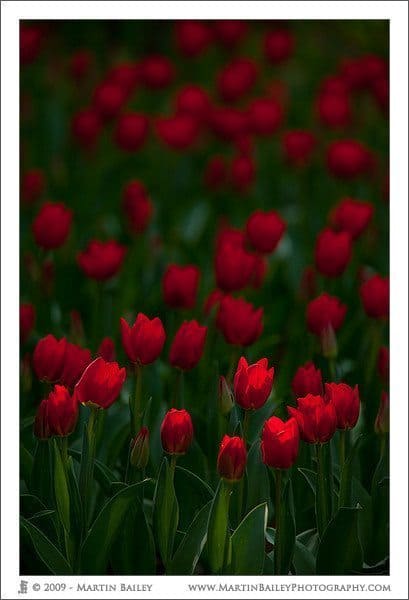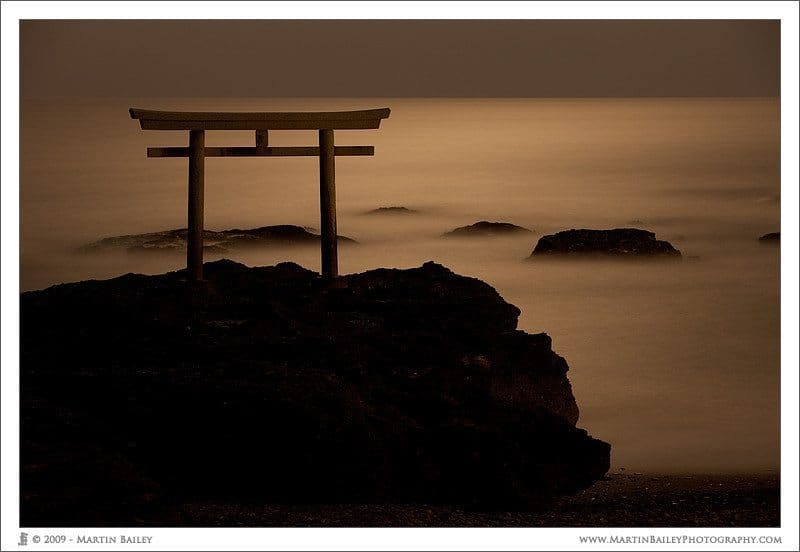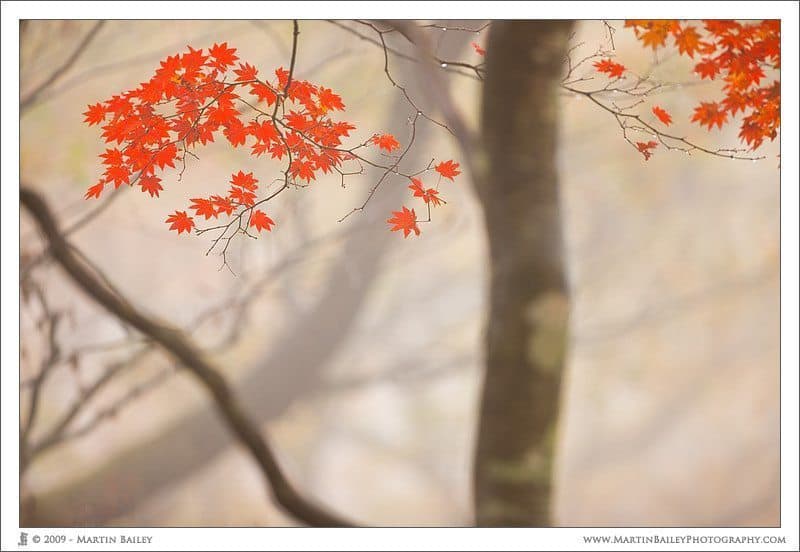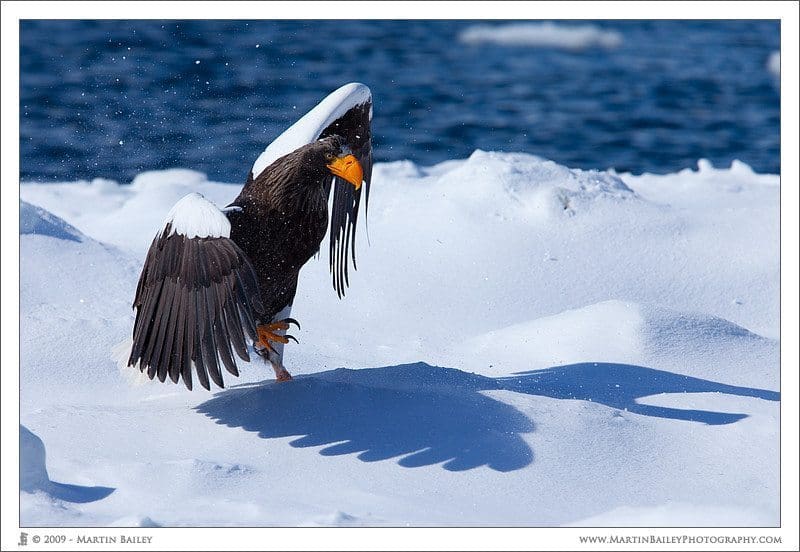A few weeks ago I did two episodes, number 216 and 217 relaying some fundamental things for someone just getting starting in photography to bear in mind. During the preparation for those episodes, I had a lot of ideas that were arguably a little more advanced than the basics, so I’m posting these here today, in a sort of “Next Steps” episode. It’s not important to listen to the other two episodes first, but if you really are just getting started, it might be a good idea.
Photography Fundamentals – Next Steps
Having covered a lot of basic ideas in Episodes 216 and 217, if you are now getting used to using your camera, and you want to take it a little further, some of what we’ll cover today might help. It’s not going to be comprehensive of course, as I don’t know where you are in your photography today, and the line between intermediate and advance photography is pretty fuzzy. Here are a few ideas though that might help you to get a little better if you are not thinking about these things currently.
Take Control of the Flash
If your camera has an automatic flash, learn how to turn it off. There are two main reasons that you would want to turn it off. The first is because when you are at a ball game and you see all of those flashes going off around the stadium, they’re a waste of time. Even powerful flash or strobe units have a limit to how far the light can travel, so when your subject is more than twenty or thirty feet away, turn the flash off. The other reason that you may want to turn your flash off, is because in some situation the subject won’t look very good when lit by flash on the camera. If all you are trying to do is photograph family members at a party, and you aren’t worried about making good photographs, leave it on and forget about it.
If you really do need the flash, and want it to look natural, you’ll need to put the camera in Aperture Priority mode, and use very subtle flash that is known as fill light, to pop some light into the shadow areas of your subject. Ideally, you’d want to get the flash off the camera, but this starts to get a bit complicated. I’ve also covered shooting with one or more flashes off the camera in other episodes, which you can listen to if you are at that stage in your photography. For now, just remember to be aware that flash can sometimes hurt images more than it helps them, so learn how to turn it flash off.

Learn to See and Use Light
As you get better at photography, you will start to become more discerning about the light with which you shoot. Some people take this too far and only shoot in the first and last hours of the day, which are often called the Golden Hours. The light around mid-day is usually very contrasty and non-flattering, but there are various things that modify light in ways that can make it still useful for us photographers. Image 2263 for example, was shot at 2:30 in the afternoon of a clear day, but the light was being filtered through trees, and so only directly hitting a small number of the tulips. Even in the city, light reflecting off a building or down an alley can give great lighting conditions to capitalize on at any time of day. You just need to be aware of light, and experiment.
Of course, for landscape photography, getting out early, and staying late will definitely help your shots in most cases. It takes a lot of dedication, and is not easy, but ensuring that you are at the right place before dawn for example will usually give you much better shots than someone who does not make that effort. Use an online tool or an iPhone app like MagicHour to tell you when the sun and moon will rise and fall, as well as the point on the horizon that they’ll do so. This will help you to prepare and be at the right place at the right time to get not only the sunrise, but the great light just before and after it.
Learn Good Focusing Techniques
A common problem that people run into as they progress from beginner to more advanced photographers is soft images due to poor focusing techniques. At first, everything looks great, because generally beginners tend to photograph with deep depth-of-field (see my Depth-of-Field Explained article if you don’t know what that is). People also tend to be less critical about sharpness at first I’ve found. As you are drawn into photography more and more though, and decide to get some new lenses with wider apertures that result in shallow depth-of-field when used wide open, it can be much easier to see problems in your images resulting from poor focusing techniques.
Learn how to hold your camera steady, keeping the elbows tucked in and space your feet at shoulder width is a good place to start. Sometimes, you might want to put one foot slightly out in front, and one out to the back more, though still with your feet at shoulder width. This helps to reduce the action of rocking backwards and forwards as you breathe.
Using a tripod whenever possible is also recommended, as it will help you to focus your images better and get sharper images. You’ll want to get a good tripod, that gets the camera’s viewfinder up to your eye level without you having to stoop over. You can buy a cheap one, but it will not work, and you’ll have to buy a better one later, but it’s completely up to you. It’s important to get a tripod that you don’t have to stoop to use though, otherwise you won’t enjoy using it and that in turn will result in you not using it. I should also say as well that I do stress that I am only suggesting you use a tripod when you can. When it gets in the way, and makes more sense to hand hold, don’t use it. My general use is use the tripod unless there’s a good reason not too.

Snow Monkey Profile
If your subject has eyes, or even something that looks like eyes, focus on them. An example here might be image #2236, of a snow monkey. Here you can see that I have used a very shallow depth-of-field, but made sure that I focused on the monkey’s left eye. We are naturally drawn to eyes in an image, and if they are not sharp, the image feels very awkward to view, so getting them sharp is very important. As we touched on in episode 217, you’ll most often want compose your image with the persons head off-center, and this means that you will have to either manually focus or use one of the peripheral focus points on your camera. If you are using a very shallow depth-of-field, don’t use the focus and recompose method. I used to do this, but quite often would get focus errors with very shallow depth-of-field shots. This is because your lens focuses along a plane that is parallel to the film or digital sensor, so when you tilt the camera down or across after focusing, the plane of focus moves backwards. I found it really difficult to grasp this until I saw a diagram in an article on the visual-vacations.com Web site, in an article called “Why Focus-Recompose Sucks“. I’ll put a link in the show-notes so if you are having trouble visualizing this, check out that post.
Use LiveView to Tweak Focus
Most cameras these days have LiveView, which is a function that allows you to turn on the camera’s LCD and see what you are about to photograph on the screen. When shooting landscapes or still life images for example, you can use LiveView to get the focus spot on. This works best when using a tripod, as it’s not easy to do handheld. When you have decided on your composition though, move the little square on the LCD to the element in your scene that is to be in sharpest focus. Then hit the zoom button on the back of your camera, and most will zoom in to 5X and 10X magnification. You can then use the manual focus ring on your lens to fine tune the focus while looking at the image in LiveView.
Note that if you take your finger off the shutter button while you do this, unless you switch your lens to manual focus, when you half-press the shutter button again the auto-focus will likely move the focus, undoing your tweaks. If you keep the shutter button half pressed while you tweak focus this won’t be a problem. You can also move the focus mechanism to the back focus button, but that is a slightly more advanced technique, and I have covered it before, so we’ll not get into that today.
Look at Other People’s Work
Few people improve in a vacuum. You learn so much from looking at other peoples’ work, so try to search out other photographers work as much as you can. Study their images, and try to figure out how they made the images. This doesn’t even have to be a genre that you are really interested in yourself. There’s always something to learn from other people’s work. If you find someone that you really like, you can try to emulate their style as a learning process. I don’t suggest that you steal their style, but rather you learn from it, and improve your own photography by figuring out what they did.

Your Own Web Site
You can get a Web hosting account for just a few dollars a month now, many with enough disk space and bandwidth to build a great photography related Web site and more. Building your own photography Gallery in tools like Lightroom is now very easy, and there are lots of gallery tools out there that you can use to put a photography web site together either for free, or for a nominal fee. I really like to have my own gallery, but do keep in mind that the Internet is so vast and so many people are sharing great photography, that it is very difficult to stand out and attract viewers. Even if your work is outstanding, people will rarely just find your site without you doing something to attract them, and pay attention to SEO or Search Engine Optimization. Even if you get Google to trawl your site and list you, people won’t find your images if you are listed on page 10. Without a lot of SEO work though, realistically, you’re better off trying to attract people to your site in other ways, and sometimes Social Networking will help for example.
Social Networking
You’ll find a lot of photographers on Facebook and Twitter, as well as Flickr and other sites. Again, the Forum at Martin Bailey Photography is an incredibly good resource and community. [The forum is no longer available.]
There is a great community of photographers on Facebook and Twitter though as I say though, so do tap into these resources, as well. Not just to make contacts and bring everyone back to your own site of course. I find that it helps to build you as a photographer to immerse yourself in photography related dialog on such sites. As I said in episode 217 though, please don’t get so bogged down in Social Networking or reading up on the technical side of photography that you don’t get out and actually do it. You have to keep shooting. It’s the best way to improve, and should be augmented by this other stuff, not second to it.
Finding your Genre
Finding your genre of photography is something that can take people years. It was probably a desire to photograph a certain type of subject that made you go out and buy a camera in the first place, so start by photographing that. If you get bored of that, just shoot a lot of whatever catches your eye, until you find something that really excites you. My photography really started in the mountains and hills in the Peak District in England. I had some years after coming to Japan when although I was shooting, I didn’t really knowing what I wanted to photograph. Then I went to college, and working in a bar in the evenings to pay for college, I didn’t really have the time or money for photography, but once I was able to really get back into the saddle, I quickly gravitated back to nature, landscapes and wildlife photography.
Sticking to one genre is probably the best way to make a name for yourself, but really, shoot anything and everything that excites you, until you find yourself shooting one thing so much that you don’t have time for the others. Natural selection will help as you’ll find yourself prioritizing your time to shoot on something you like the most. I’m often told that I am wasting chances living here in Japan by not concentrating on the Japanese cultures, temples and shrines etc. but as I mentioned earlier, I love nature and would much prefer to spend my time getting out into the places of natural beauty. I also like photographing people, so I’m making time for portraiture as well these days. Do whatever gets your creative juices flowing.

Developing a Style
Developing a photographic style that people can recognize you by is a tough one. Being consistent will definitely help though. For my own work, I have been noted as being a “clean” photographer, as in, my images are crisp, clear representations of nature. An example might be image number 2409, in which I photographed some bright orange autumn leaves with a misty background, and very shallow depth-of-field. I don’t do much post processing on my images, but I do take pride on capturing beautiful subjects at just the right moment, and people have started to recognize this. I don’t of course have a monopoly on shallow depth-of-field, but because I use it extensively in much of my work, it is becoming a bit of a signature trait as well. The reason that I’m becoming known for these things is because I’m consistent. I certainly intend to continue this as I improve further, and as more people view my work, I’m hoping that being recognized in this way continues.
I don’t really have an definitive advice here other than to dabble with lots of styles, and find something that you like. Like finding your genre, you should gravitate towards something naturally. If you try to force it, you’ll probably end up emulating someone else, so just keep on shooting, and see what you lean towards and try to focus on that.
Workshops
As you develop your skills a great way to take your photography to the next level is to attend workshops. These can be anything from a Saturday afternoon with a pro that your local camera store has arranged, to a multi-day on-location photography tour and workshop. The latter can cost quite a bit, depending on the photographer and the location, so do select the photographer whose workshop you attend carefully. I suggest that you look for workshops with photographers that you admire and if possible that shoot in your chosen field or at least in a genre that you are interested in developing your skills in.
Do try to find some testimonials from people that have attended the photographer’s previous workshops. With the economic downturn and money from stock photography sales down, there are more photographers than ever doing workshops. Many are experienced photographers simply shifting their focus, and doing a great job. Some though are not so experienced and simply trying to make some easy money, so do check them out before you sign-up.

Shadow Dancing
Some workshops are more classroom-based where you’ll maybe photograph a model as a group, while receiving advice from the instructor, and then you may also spend some time in a classroom, learning some tricks and techniques around the digital work-flow. Others like I say are location-based, like my Snow Monkey and Hokkaido workshops, where the location itself is a large part of the attraction, but still, while you’re there, you have access to a professional that can help you maximize your time at that location, and teach you all sorts of other stuff at the same time. You can expect to come away from location-based workshops with an experienced photographer with lots of new skills, as well as lots of great pictures.
And that’s about it for today. I hope this gives you some pointers on the sort of things to do or keep in mind as you get more and more hooked on photography.
Podcast show-notes:
See the earlier Fundamentals episodes and transcripts here:
Why Focus-Recompose Sucks: http://visual-vacations.com/Photography/focus-recompose_sucks.htm
Music from Music Alley: http://www.musicalley.com/
Audio
Download the Enhanced Podcast M4A files directly.


This is a message to the website owner. I just came to your website (which is awesome by the way), and wanted to let you know that it’s running very slowly. I thought it was my connection at first but then I realized it was your site. A quick heads up, I’ve been using FusionHost for WordPress hosting. They have really fast servers which are optimized for WordPress. They also have Softaculous, which allows you to install WordPress with just a single click of the mouse which I thought you’d appreciate 😉 Take care!